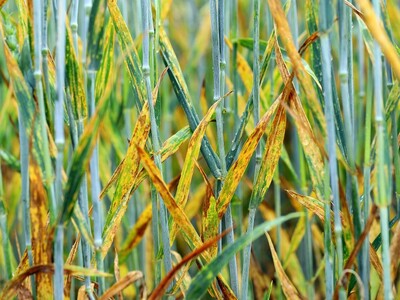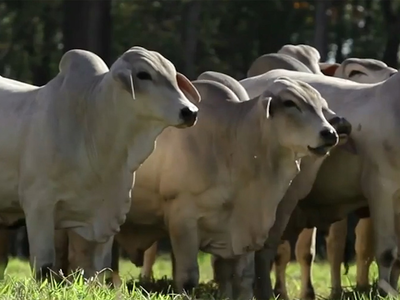Late Pears & Curbing Invasive Species
Late Pears & Curbing Invasive Species plus Food Forethought. I’m Greg Martin with today’s Northwest Report.
Those pesky plants and animals that just seem to move in and take over are a lot more than just annoying. In my youth I was often tasked with spraying musk thistles out in the pastures. These invasive species can really cut down on productivity and even become harmful to other species...humans included. So how do we deal with these invaders? AHPIS administrator Gregory Parham says each of us can play a part.
PARHAM: Community residents are often the first to spot something unusual. We encourage you to be aware of the infestations signs of insects like the Asian longhorn beetle or emerald ash borer. Your actions can make you a protector of America’s agricultural bounty and natural resources. We are able in some instances to actually eradicate or eliminate the pest in that area.
The northwest pear crop appears to be a week to 10 days late but shippers are getting ready and have promotions in place as strong demand is expected. An estimated 19.2 million boxes of pears will ship from the Northwest this year. On Aug. 9, the U.S. Department of Agriculture reported a price of $27 for 40-pound boxes of bartlett 70s from California, up from $24-25 last year at the same time. So if you love fresh northwest pears, get ready they will be on their way.
Now with today’s Food Forethought, here’s Lacy Gray.
There’s borrowed money, borrowed time, and borrowed words, but borrowed land? Yes borrowed land. One of the largest challenges for young farmers today is being able to access or acquire land in order to grow crops. The lack of available land often stops potential farmers before they even have a chance to start. This however is changing as several young and industrious farmers have discovered a way to get around land access issues in many states by literally going door to door in order to meet landowners who are willing to let them grow food on their property. Often times these agreements for land sharing are the old fashioned verbal variety, with a handshake and an honest word being all that begins a long and fruitful relationship. Most often the crops of fresh fruits and vegetables being grown by these young farmers on their borrowed land are sold to local restaurants, grocers, and families that have weekly deliveries made right to their doorstep. The next generation in farming is seeking out new ways to renew and restore local sustainable agriculture, and are boldly carving out their own place in farming history.
Thanks Lacy. That’s today’s Northwest Report. I’m Greg Martin on the Ag Information Network.















